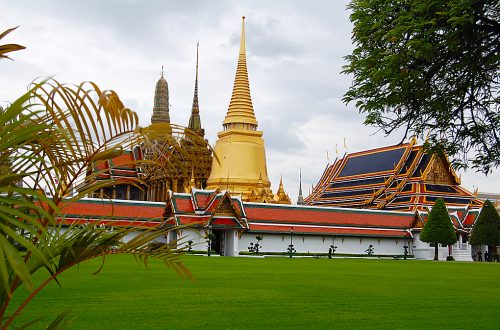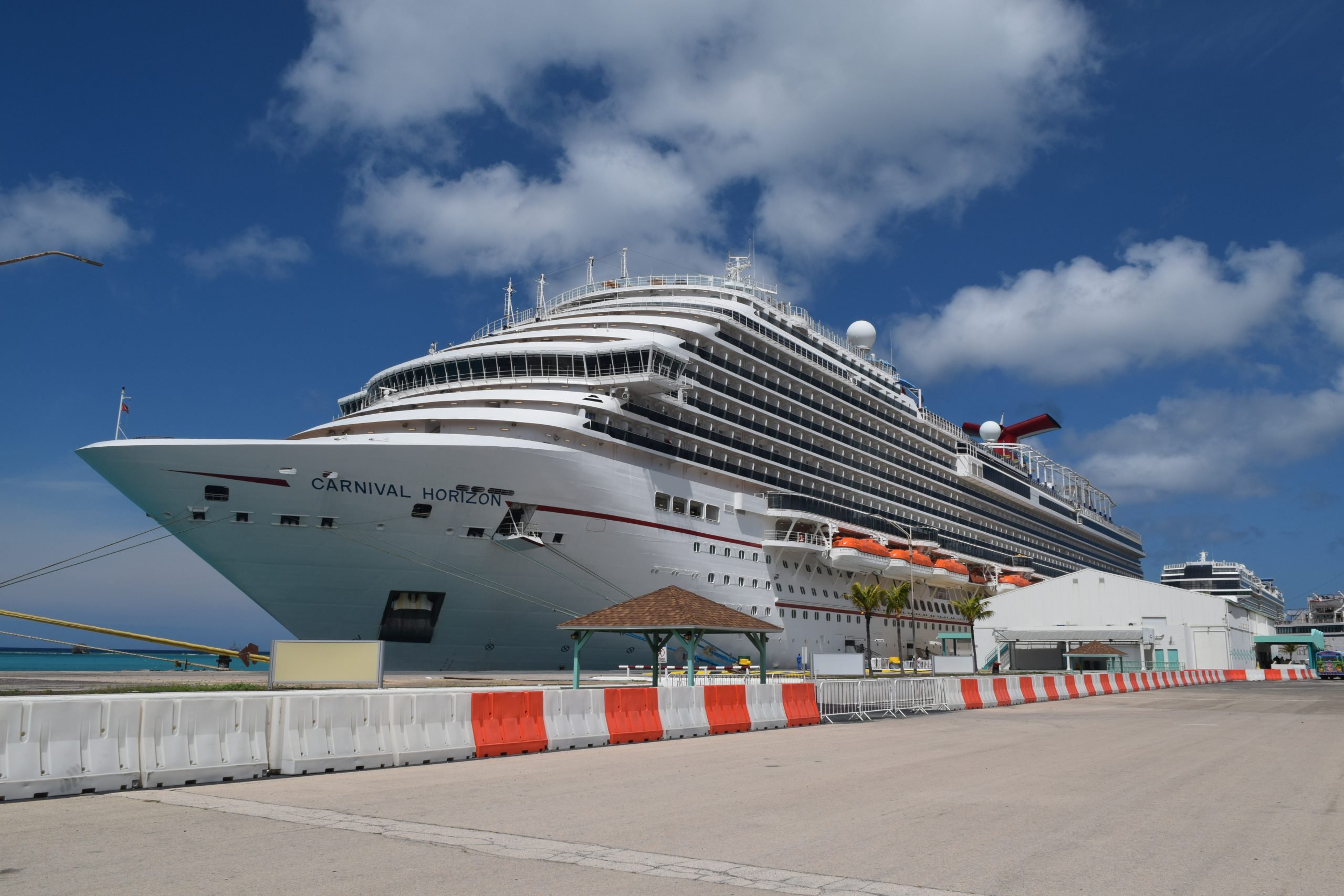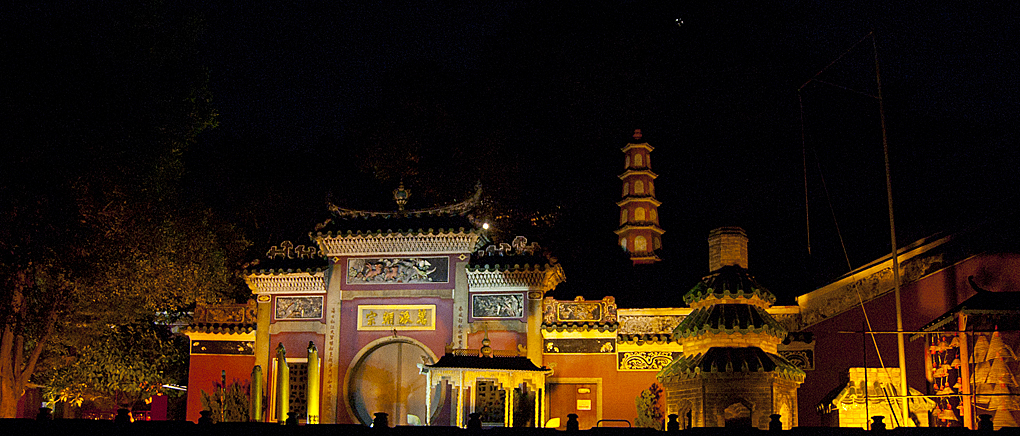
Macau World Heritage Site
Macau World Heritage Site
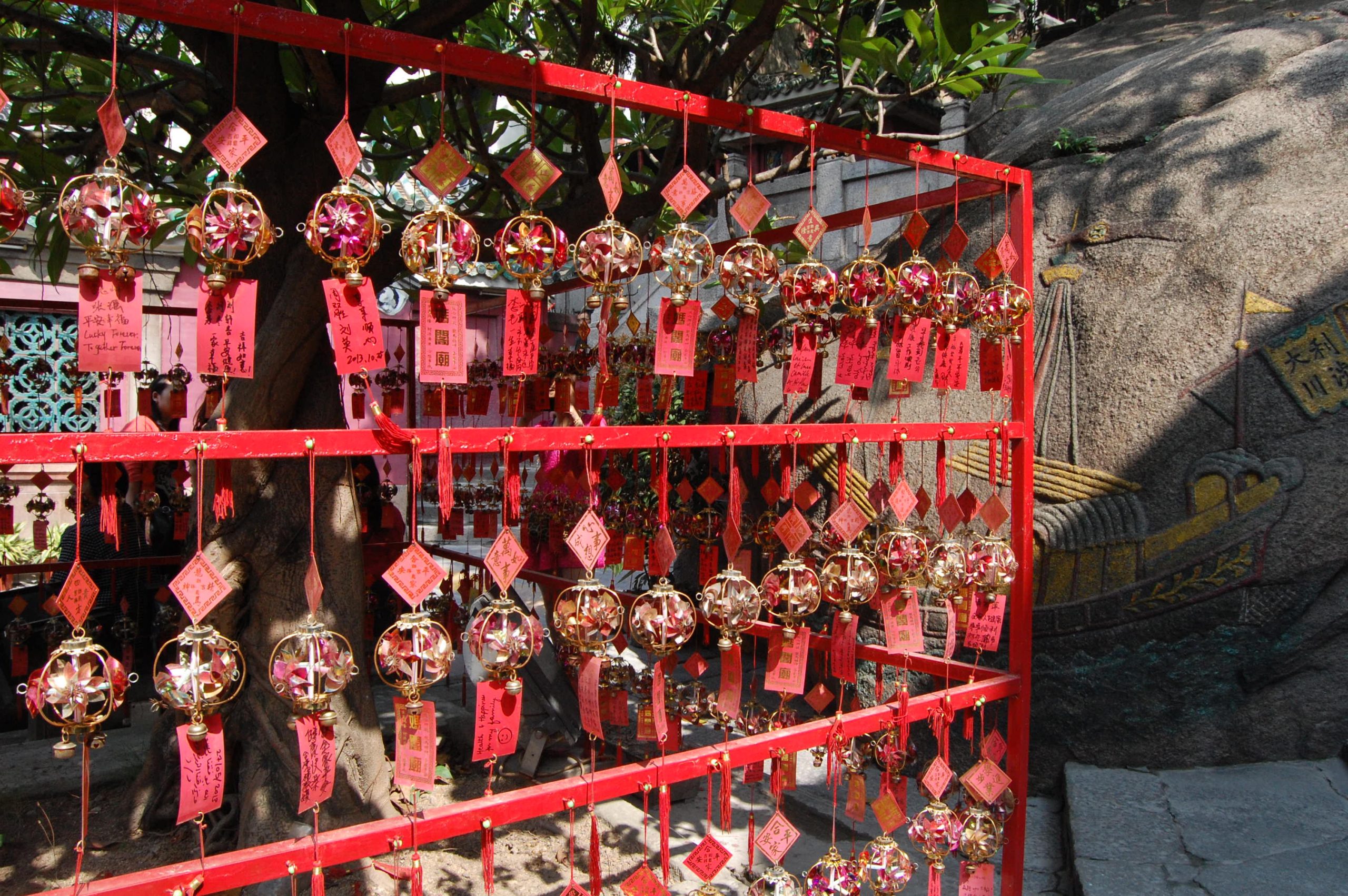
The Historical Center of Macau has over twenty-five sites and has been recognized by UNESCO as a World Heritage site. The sites shown here are all within walking distance. Macau (also spelled Macao) is one of those places that you think you may have heard of but not really sure about, but mention its sibling and everyone knows her. So it is with Macau and Hong Kong. Like Hong Kong, Macau is a Special Administrative Region of the People’s Republic of China. Also, like Hong Kong, it has a rich background that mixes two very different cultures. While Hong Kong was a British Colony until it was returned to the Chinese, Macau was a Portuguese colony. The Portuguese came to Macau in the mid 16th century, over 300 years before the British arrived in Hong Kong. The two cities are connected by a high-speed ferry that takes only an hour.
UNESCO cites this “Macao, a lucrative port of strategic importance in the development of international trade in Chinese territory, became a Portuguese settlement in the mid-16th century and returned to Chinese sovereignty in 1999. The inscribed property presents a group of 22 principal buildings and public spaces that enable a clear understanding of the structure of the old trading port city. With its historic streets, residential, religious and public Portuguese and Chinese buildings, the Historic Centre of Macao provides a unique testimony to the meeting of aesthetic, cultural, religious, architectural and technological influences from East and West. It bears witness to the first and most enduring encounter between China and the West, based on the vibrancy of international trade”
Macau is a thriving city complete with world-class facilities, including some of the largest casinos in the world. It has however been able to retain much of its cultural and historical sites.
The A-Ma Temple An Macau World Heritage Site

The A-Ma Temple is named for A-Ma the goddess of seafarers. It was in existence before the settlement of Macau and has places for Buddhist, Confucianism, Taoism, and various folk beliefs. The earliest remaining structure dates back to 1488.


Tourists come from all over to visit the temple. Those of the religions represented by the temple can be found praying and offering incense. In some pavilions, the smoke is so thick that they have to use fans to keep the air breathable. If you look at the first two photographs, you will see a number of yellow pole-like objects. Those are incense burning. While there are literally thousands of pieces of incense burnt each day, you have to go to a designated smoking area for a cigarette. The grounds are no smoking.
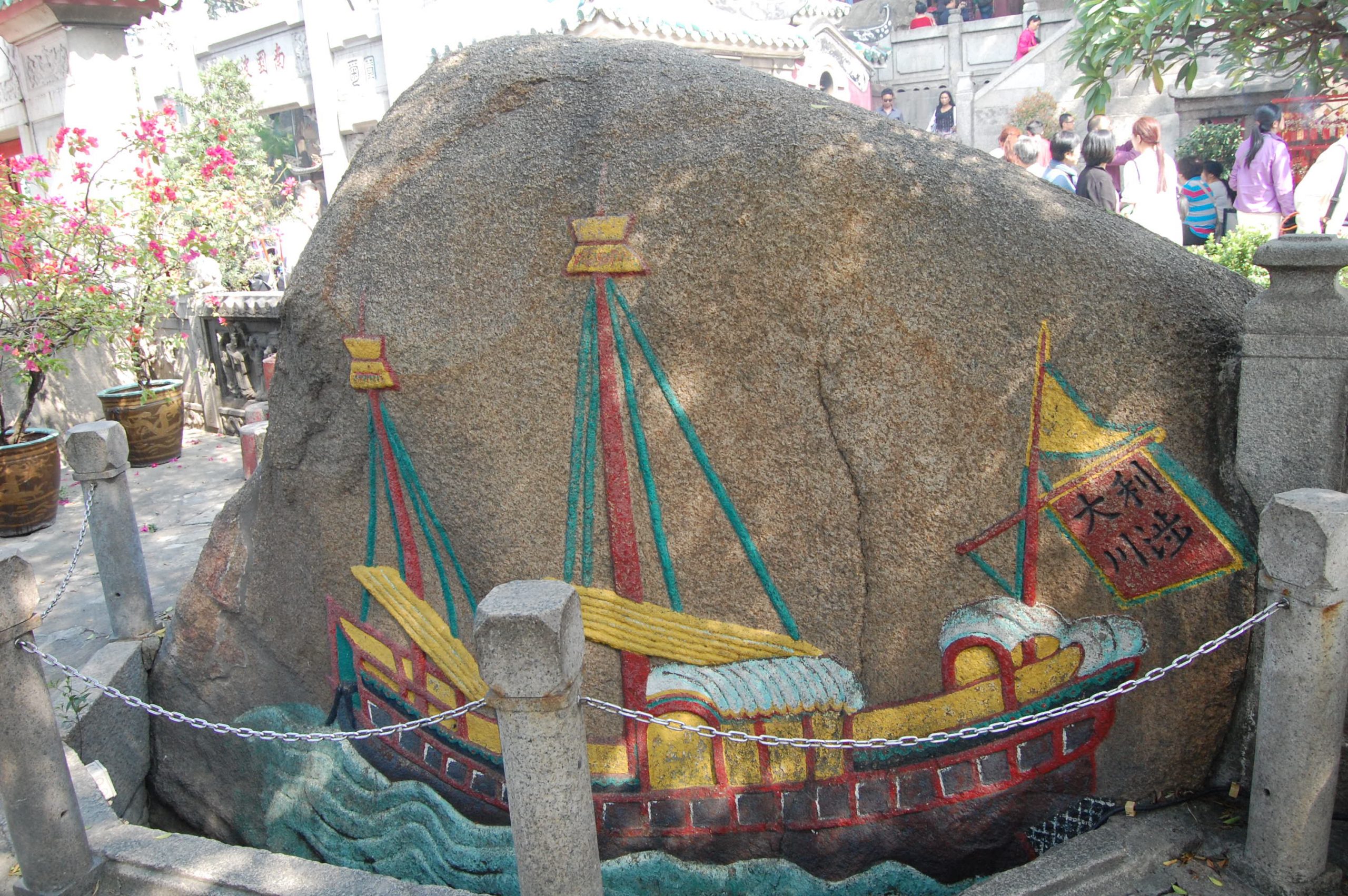
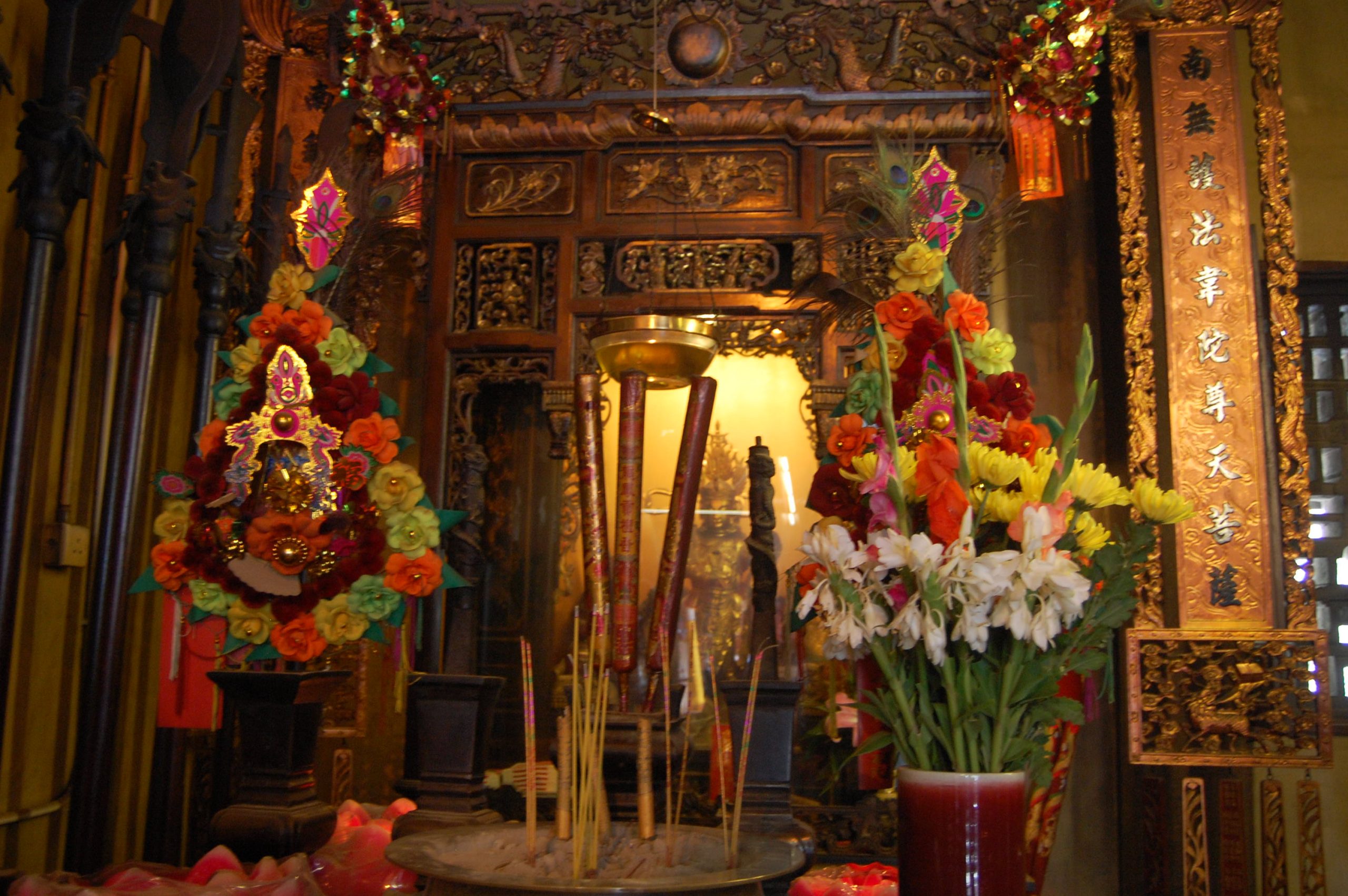
Macau World Heritage Site Business District

While the city is built up with a number of skyscrapers, there are still many side streets that still maintain their history. This street here runs parallel to one of the busiest streets of the city and shopping district. The houses on this street trace back to the mid 1800s.
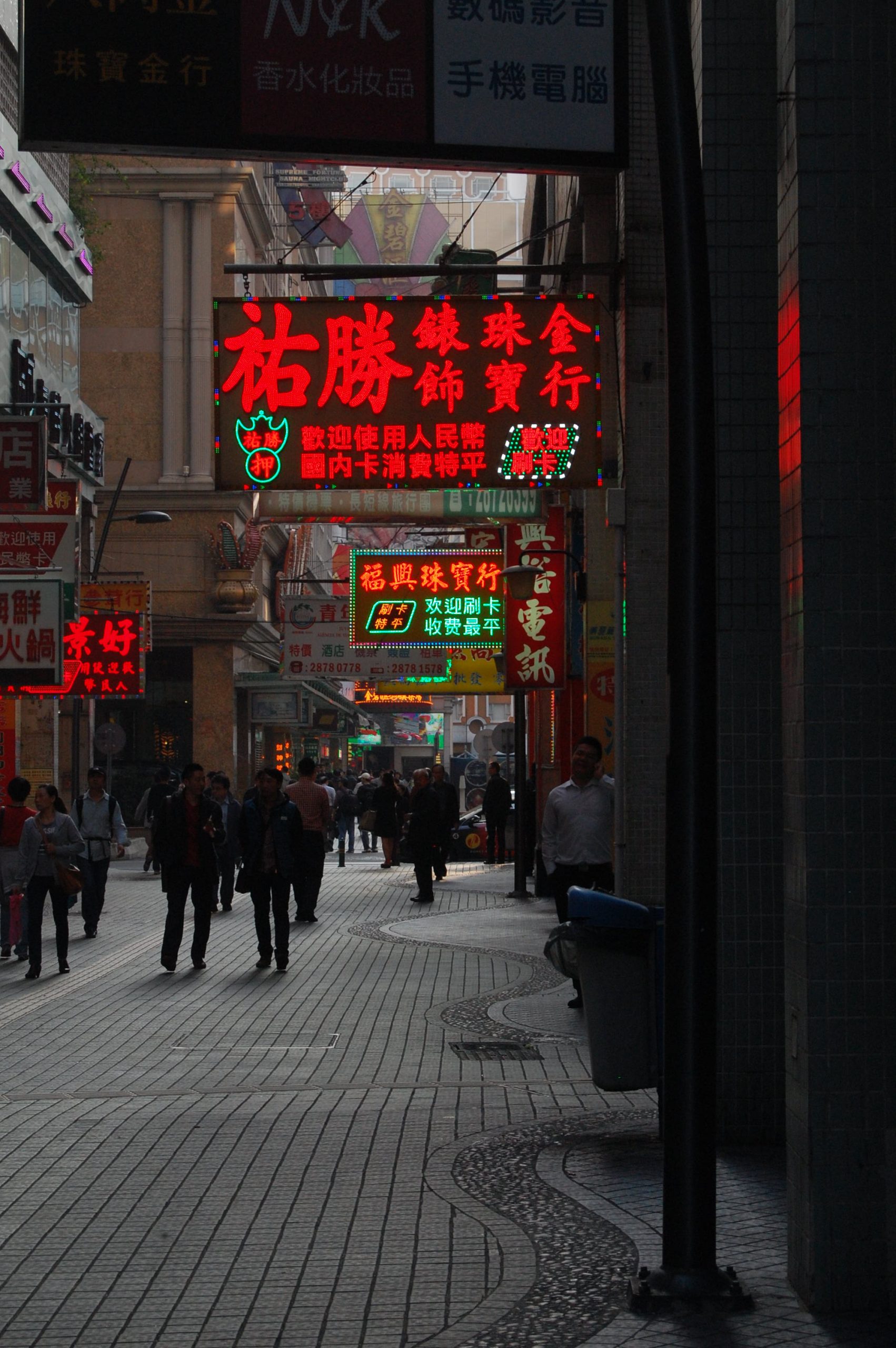
Mandarin’s House


Mardarin’s house was built before 1869, and was the family home of the Chinese Literary Figure Zheng Guanying. The house blends traditional Chinese designs and functions with western styling. At the entrance to the home is a shrine to the earth god, a common tradition of the times. The original builder and members of the family after him were local leaders. The house was designed so that visitors on government business had to leave their sedan chairs at the moon gate and walk along the courtyard to the receiving area.
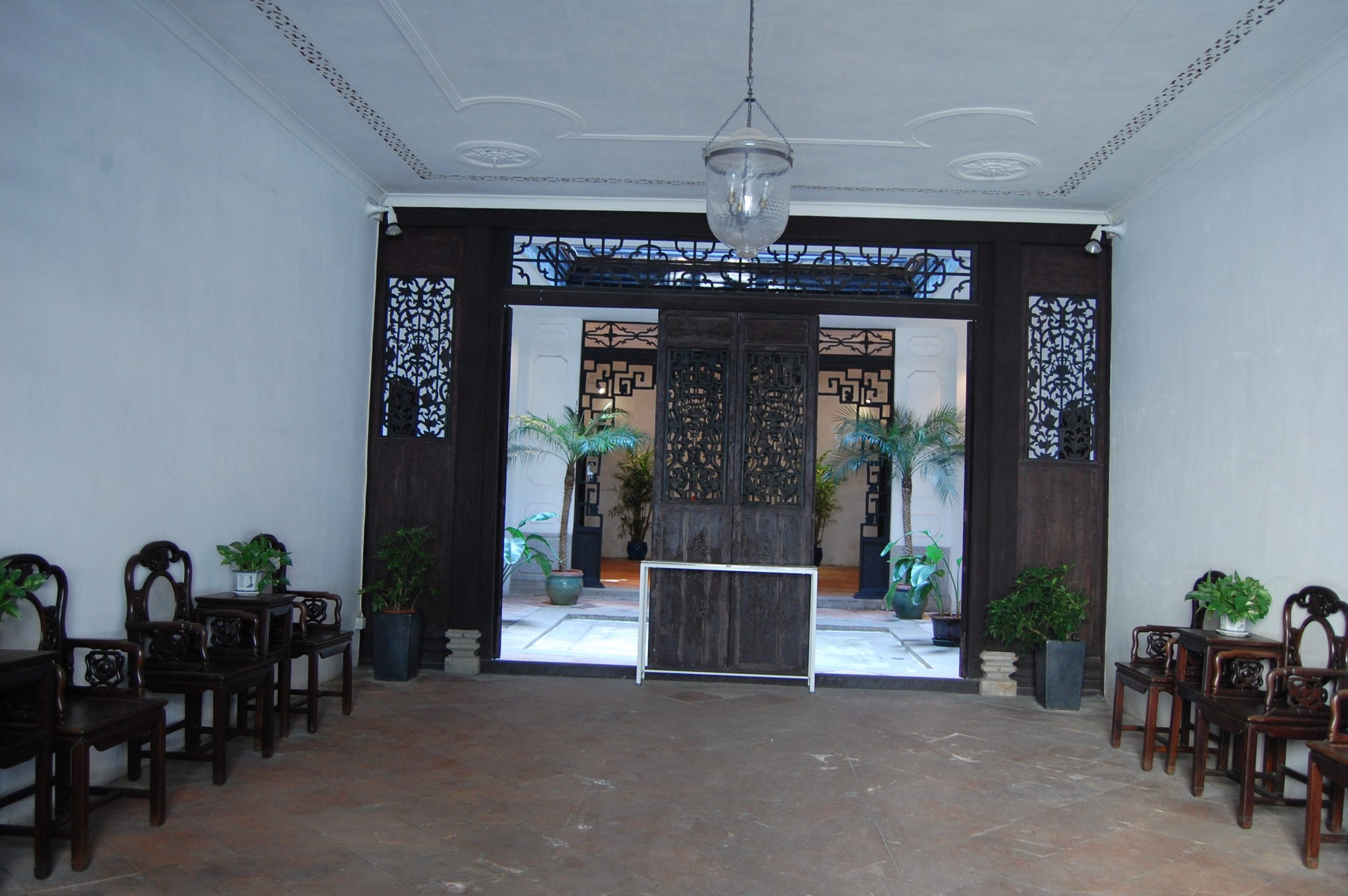

The house was designed in a courtyard fashion, with front and back halls between the two halls were the bedrooms that open onto a courtyard.

The second floor of the house in the front hall was the main hall for formal occasions. There is another room behind the one shown.
St Lawrence Church
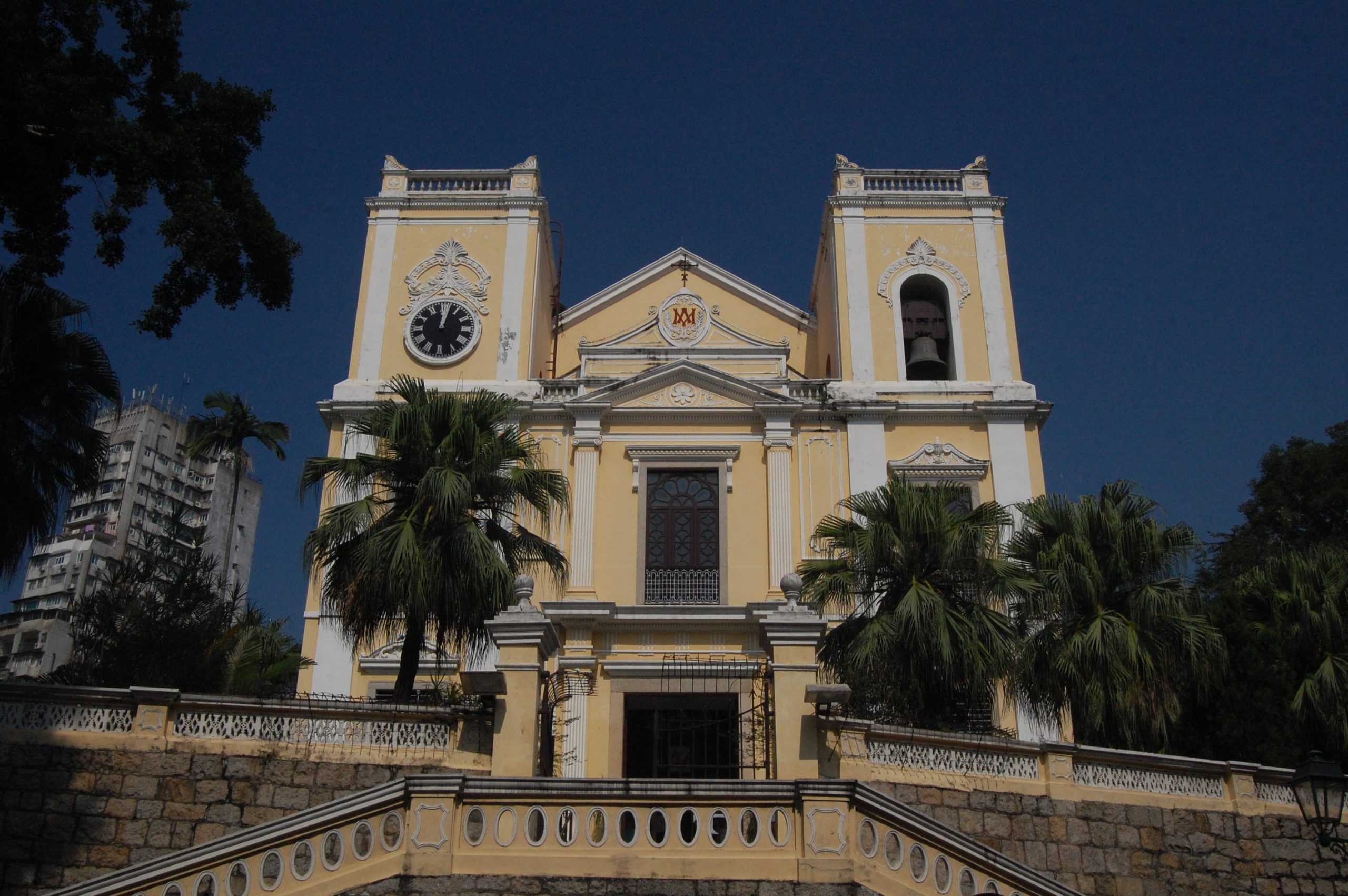
St Lawrence Church built by the Jesuits dates back to the mid-16th century and is one of the three oldest churches in Macau. The current design of the church dates back to 1846.
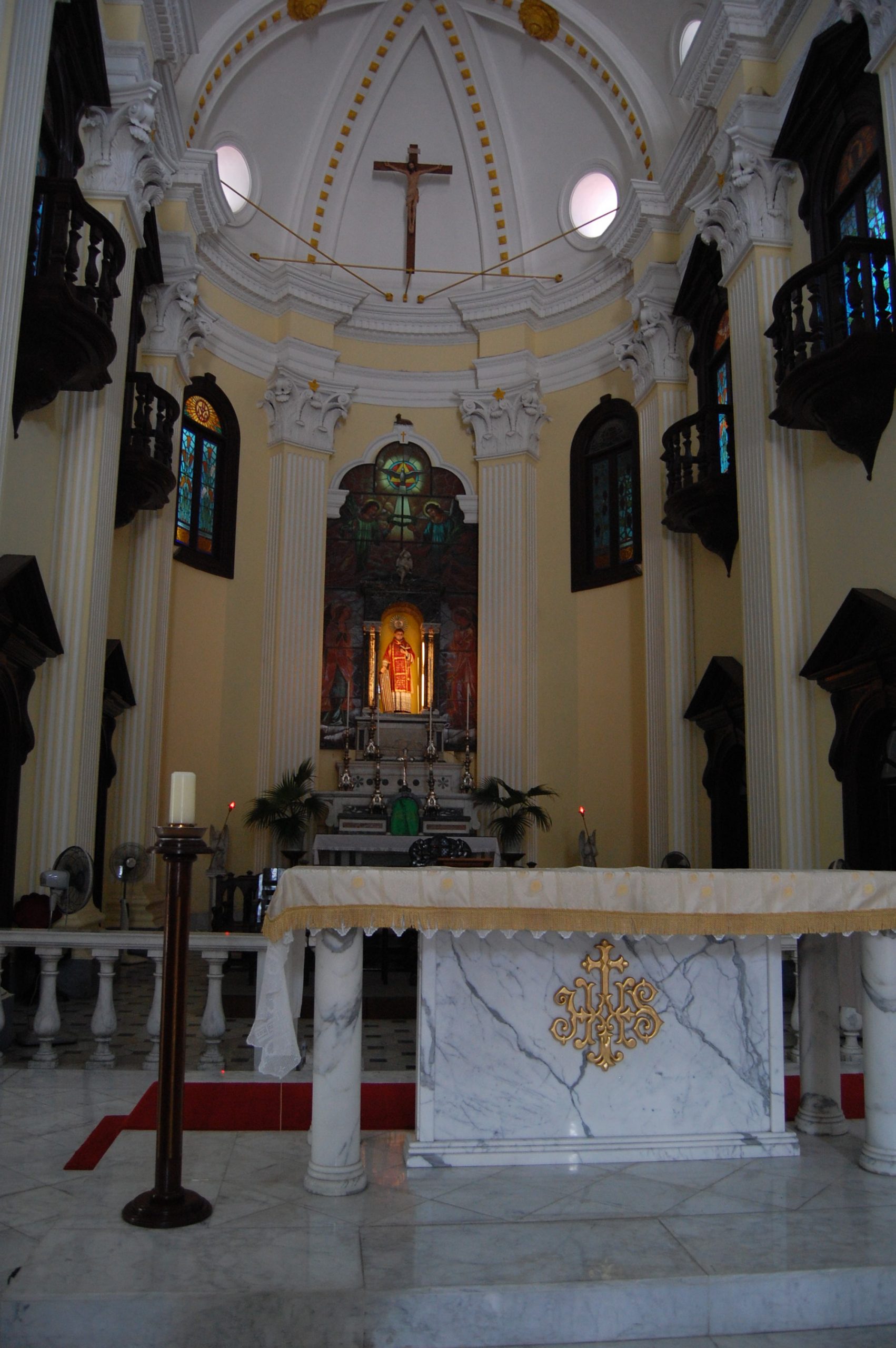



The courtyard surrounding the church also dates back, with some features being part of the original development. There are however more recent additions such as the glass etchings.

My guess is the image is fairly new, the hint is the Google plus one address that is also etched in.
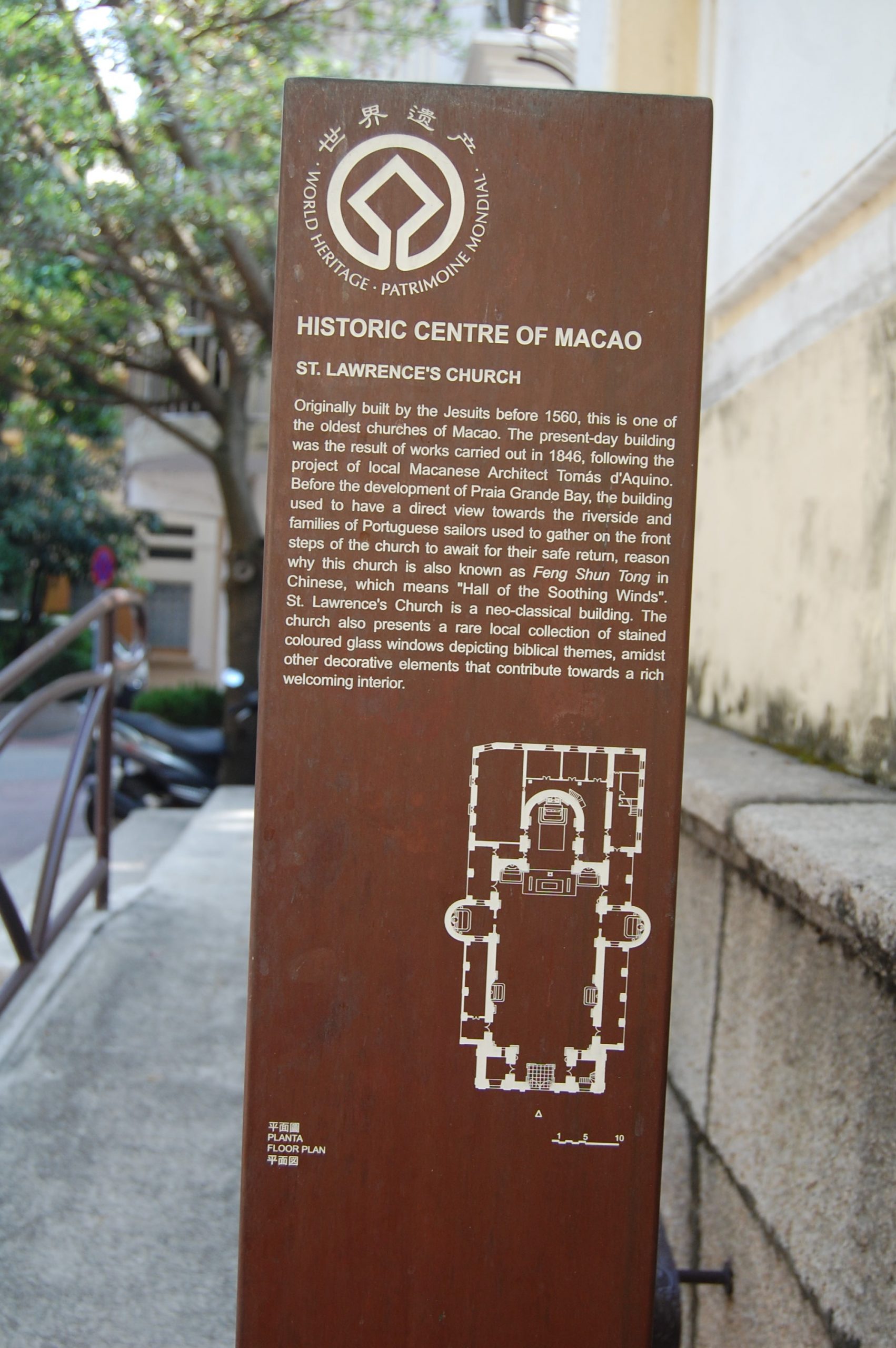
St. Augustine’s Square

The St. Augustine’s Square is done in a traditional Portuguese manner and four significant sites around it. The Brown marker is a map and explanation of the historical district. Each site also has a smaller marker of the same color and material that gives information about that site. The street post behind it gives directions to other historical sites.

Originally established by Spanish Augustinian priests, this church dates back to 1591.


Dom Pedro V Theatre

This 300 seat theater was the first western-style theater built in China. Built across from the St. Augustine’s church, it was established in 1860.

While small by current standards the theater is still used for different events.
Sir Robert Ho Tung Library

Originally built in 1894, this building was bought by Sir Robert Ho Tung, a businessman from Hong Kong, in 1918. Upon his death in 1955 the building was given to the government to use as a library.
St. Paul’s Ruins

Build between the years 1602 and 1640 the Church of Mater Dei was destroyed by fire in 1835, along with St. Paul’s College which stood next to it. St. Paul college was the first western-style university to be open in the Far East. These two structures plus the mount fortress nearby were built by Jesuits.
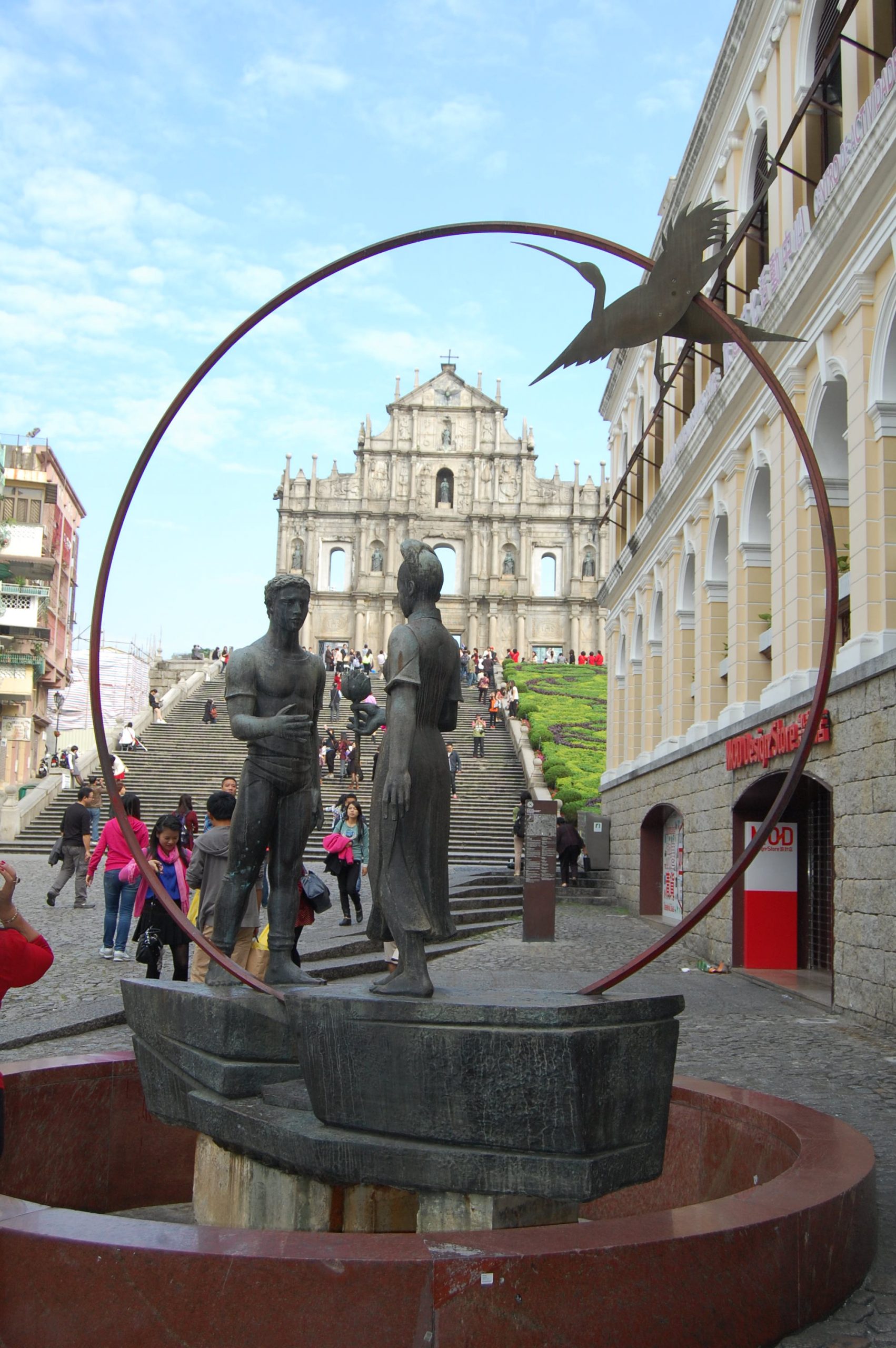
Moorish Barracks

Built-in 1874 on the slope of Barra Hill, this building was constructed to accommodate an Indian regiment from Goa appointed to reinforce Macao’s police force. Goa is a state in western India with coastlines stretching along the Arabian Sea. Its long history as a Portuguese colony prior to 1961. Being closer to Macau, soldiers could be replaced easier.
Mount Fortress

The Mount fortress was built between 1617 and 1626 and was the cities main military protection
Senado Square Macau World Heritage Site

Senado Square has been considered the center of Macau community life since its early days. The buildings around the square are in the Portuguese tradition. The square continues to be a popular location and many events are still held here. Overall the people of Macau have done a remarkable job of maintaining the history of the city while still allowing growth and modernization. Walking around the old section of the city and you could easily be lost in hundreds of years of history.
St Dominic’s Church Macau World Heritage Site

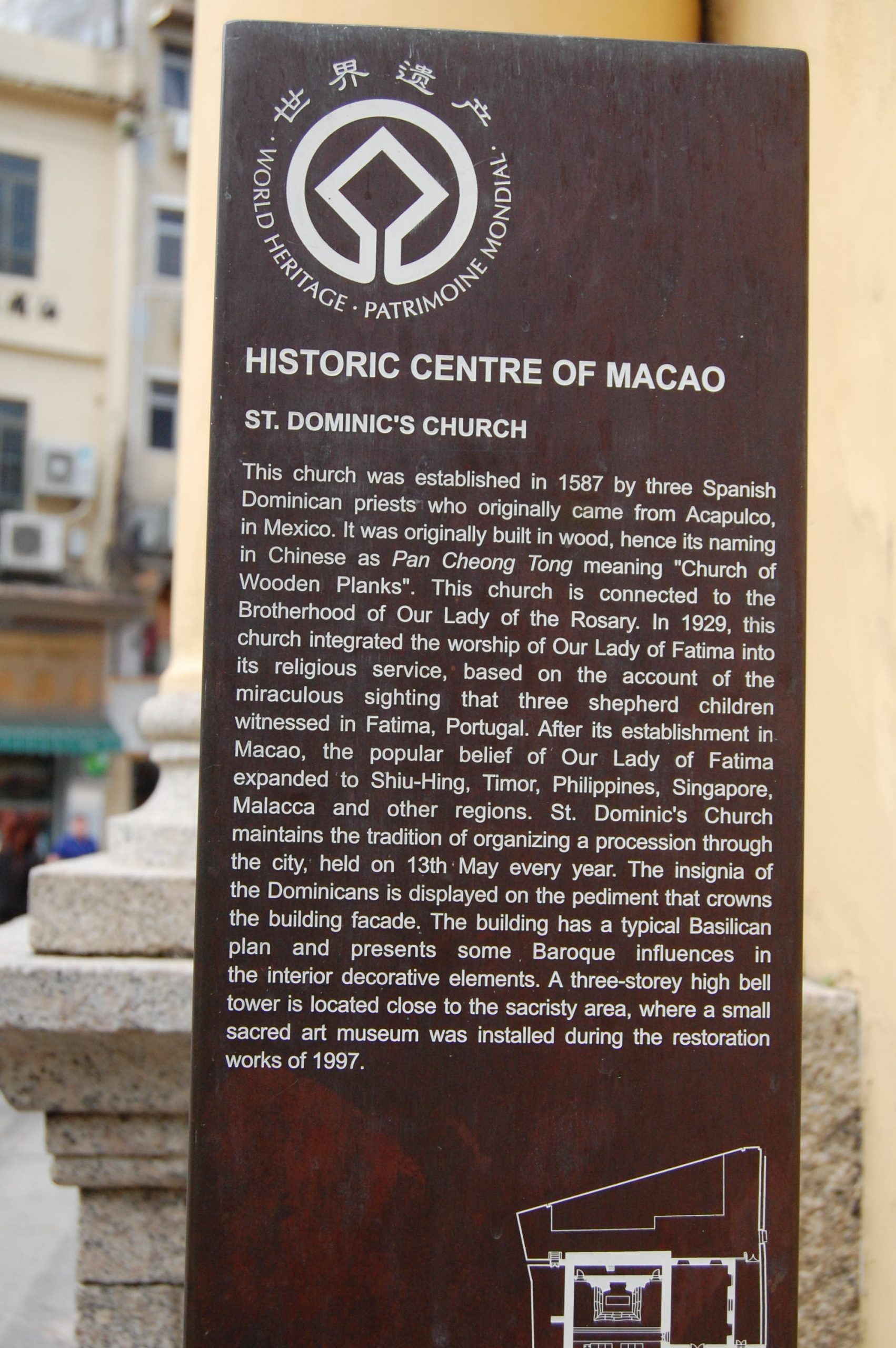

Photo-Essay
When I was working for AOL in the Philippines, I had a business visa that was good for 59 days. I had three choices nearing the time limit. I could go to immigration and pay to extend my stay, I could convert to a working visa which was a long expensive process, or I could leave for 3 days and start a new 59 days when I returned. The third option is what I did. Hong Kong, Thailand, and Macau were only a few hours away, so I would alternately visit them. The photos here are a bit old but still reflect Macau.


